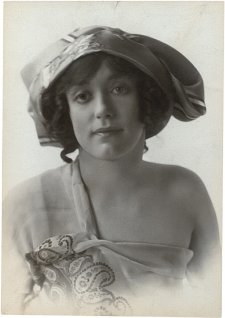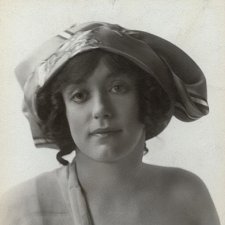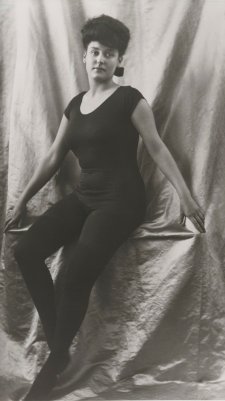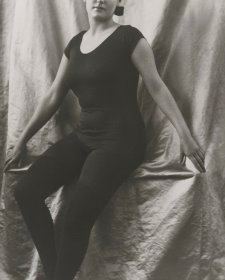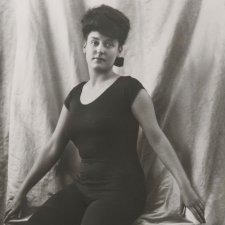My family had no intention of making a mermaid of me, amateur or professional. My swimming came about as a means of curing of a very distressing condition of my legs, which one doctor said was caused by allowing me to walk too soon; but the other doctor said that I had chalk in my bones, which seemed a very much more scientific explanation. But while the cause was a matter for argument, there was no doubt about the effect, for I had to wear painful and humiliating steel braces when I walked.
When I was still a very little girl, my father went to see a third doctor, and came home and informed me that I was to take swimming lessons. For those of you who know me now as the Diving Venus, Queen of the Mermaids, Neptune’s Daughter and what not, this may sound very strange; but the truth was that I was terrified at the thought of swimming. Perhaps my fears were increased by my humiliation because of my dread of exposing my weak and ill-formed legs. But all pleading availed me nothing. The doctor was very, very sure that swimming was the only thing that would help me.
In Cavill’s baths in Sydney I received my first swimming lessons. My brothers and sisters had learned to swim in four or five lessons but 18 were required for me.
Only a cripple can understand the intense joy that I experienced when little by little I found that my legs were growing stronger and taking on the normal shape and the normal powers with which the legs of other youngsters were endowed.
In Australia, practically all children are taught to swim, but if my father had not been especially persistent, I am sure I never could have overcome my childish fears and dreads. But for his wisdom, I might have been hobbling about on crutches today, instead of skating, dancing and indulging in 25-mile constitutionals in addition to making my regular livelihood as a moving picture mermaid, or flirting with Toto, the funny fish through the walls of the glass tank at the New York Hippodrome.
